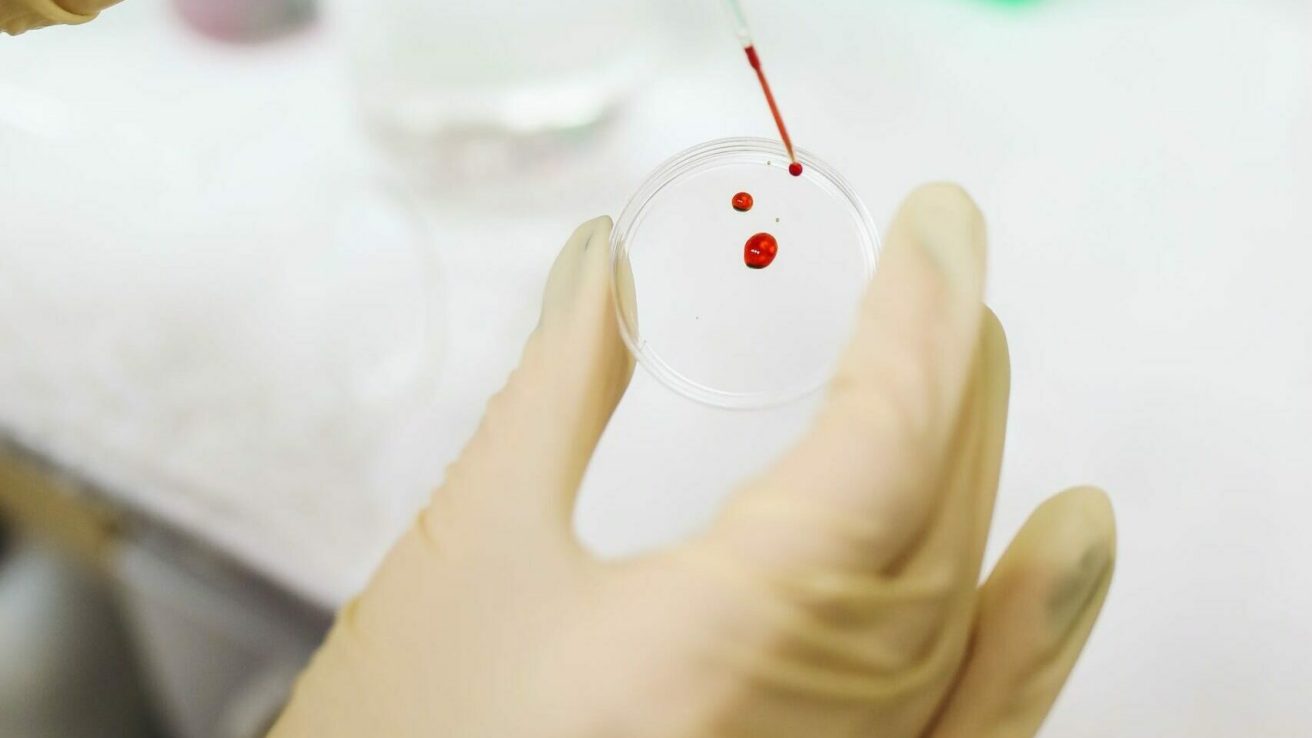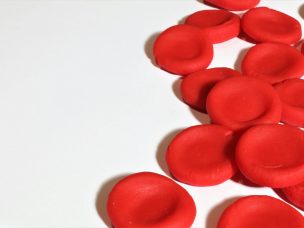Variations in the degree of venous malformation tissue involvement and thrombin–antithrombin complex/D-dimer correlation could point to a coagulopathy progressing proportionally to the degree of VM, according to a retrospective study.
Although poorly understood, localized intravascular coagulopathy (LIC) is a known consequence of venous malformations (VMs) that can cause thrombosis, bleeding, and the development of phleboliths. Although increases in D-dimer (DD) and decreases in fibrinogen have historically been associated with LIC, no thorough investigations of coagulation markers in VM have been carried out to date.
This study’s goal was to thoroughly describe LIC using data from the Yale Vascular Malformations Program and the Yale Classical Hematology Clinic. This study was presented as a poster at the 65th American Society of Hematology Annual Meeting and Exposition.
Study Design and Characteristics
VM patient files (2021–2023) were retrospectively analyzed, and liver iron concentration was determined using coagulation parameters such as von Willebrand factor (VWF), factor VIII (FVIII), alpha-2 antiplasmin (A2AP), plasminogen activator inhibitor-1 (PAI-1), thrombin–antithrombin complex (TAT), D-dimer (DD), fibrinogen, prothrombin time (PT), international normalized ratio (INR), and partial thromboplastin time (PTT). Included in the analysis were 23 patients with VM in total. Most, 82.6%, were female, with a mean age of 38 ± 16 years.
Prevalence and Site of the Lesion
The most prevalent tissue involvement was in muscle (54.5%), and most patients (59.1%) had a single lesion rather than several. The most common anatomic site was the head and neck (52.2%).
Positive Correlation Between Coagulation Factors
Venous thromboembolism did not affect any patients. Most patients had high TAT levels and normal DD (68.2% and 69.6%, respectively). There was a positive correlation between VWF activity, VWF antigen, FVIII, PAI-1, and fibrinogen. TAT showed an inverse correlation with PT and INR and a positive correlation with PAI-1. Only DD showed a positive correlation with VWF activity. There was poor correlation between TAT and DD; of patients with a normal TAT (n = 7), 85.7% had a normal DD, whereas only 40% of patients with a normal DD (n = 15) had a normal TAT.
Association of Thrombin–Antithrombin Complex and D-Dimer in Different Patients
Two out of three patients (66.7%) with visceral involvement had both high TAT and DD. Three out of four (75%) with skin involvement had a high TAT with normal DD. Nevertheless, these patterns were not statistically significant (P = 0.42 and 0.31, respectively). Of the 11 patients with muscular involvement, 45.5% had normal DD and a high TAT, while 36.3% had both normal DD and a high TAT.
Source
Restrepo, V. (2023, December 9). Comprehensive characterization of coagulation parameters in venous malformations. https://ash.confex.com/ash/2023/webprogram/Paper190609.html










